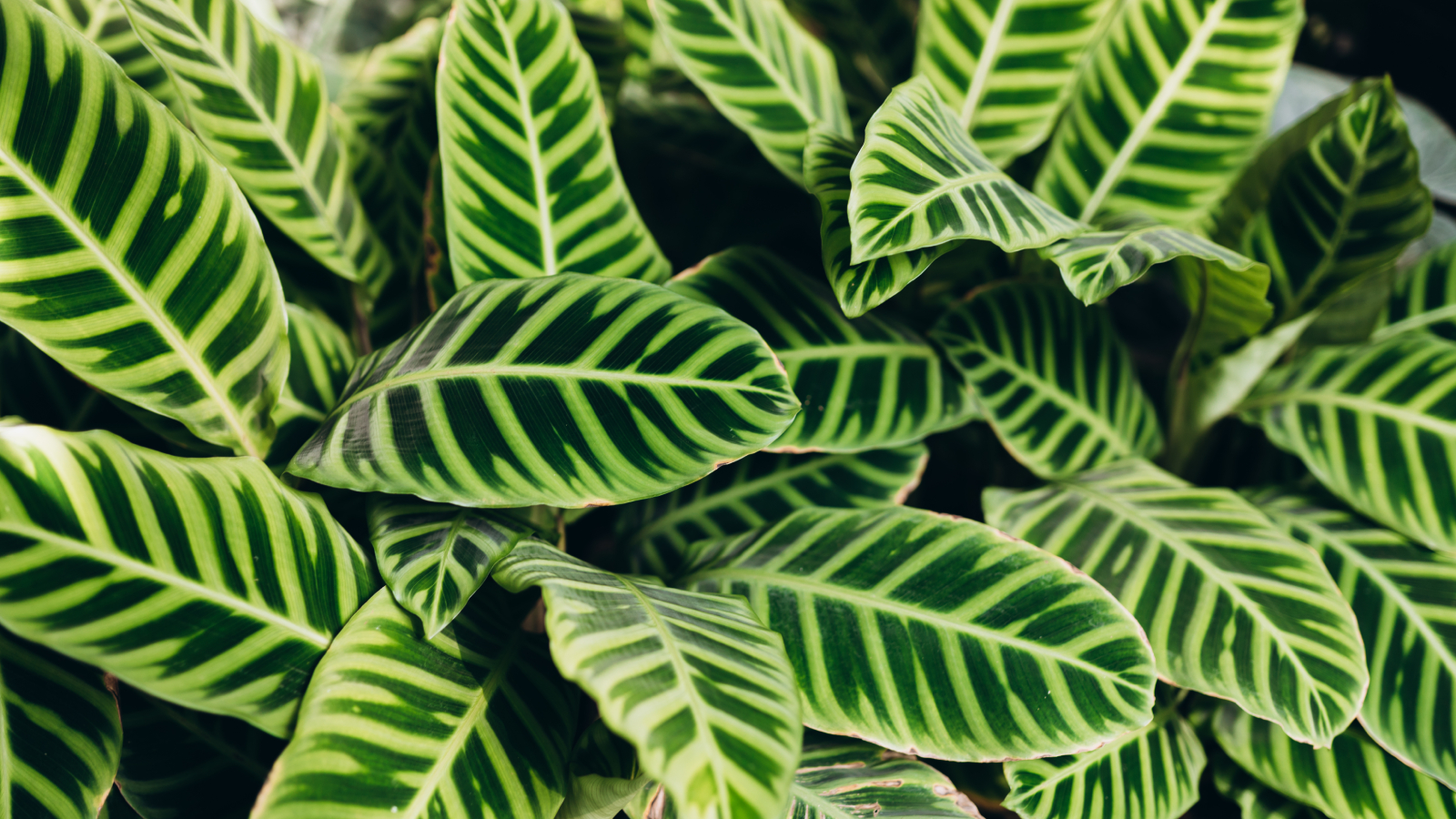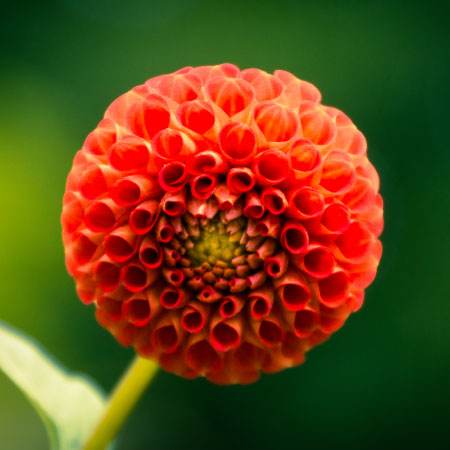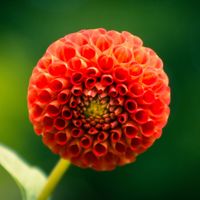Calathea Zebrina: Complete Care And Growing Guide
Attractively exotic, calathea zebrina will add some tropical flair and interest to your houseplant collection.

Amy Draiss
Quick Facts:
Botanical name: Goeppertia zebrina, previously Calathea zebrina
Height: 3 ft (1 m)
Spread: 2 ft (61 cm)
Sun exposure: Part to full shade
Soil requirements: Well-draining, peaty
Hardiness zones: USDA 11-12
When to plant: Year-round
Calathea zebrina, now known as Goeppertia zebrina, is a lovely evergreen perennial plant in the arrowroot family. Though you've probably seen it grown most often as a houseplant.
Native to Brazil and named in honor of the German botanist Johann Heinrich Robert Goeppert, Goeppertia zebrina is a common houseplant grown for its lush velvet green leaves outlined with lime green striping.
It's a beautiful specimen that makes a wonderful addition to any indoor plant collection, but like many calathea varieties it can be a bit finicky. Keep reading to learn how to plant and care for Calathea zebrina for the best success.
Calathea Zebrina Care
In nature, zebra plants are found in the shaded forests of Brazil. As houseplants, similar light, water, temperature, humidity, soil and fertilizer conditions must be met.
Light
Zebra plants need bright but indirect sunlight. This mimics the filtered sunlight these plants receive in their natural habitat. Place yours near a south-facing window with translucent curtains.
Water
This calathea likes well-draining soil but consistent moisture. Reduce irrigation during the winter months. Allow the top inch or 2 (2.5-5 cm) of soil to dry out before watering then water with slightly warm water until it runs out of the drainage holes of the container.
Temperature & Humidity
A zebra plant thrives in temperatures between 65-75 F (18-24 C) with significant humidity levels of 60-80%. These high humidity levels can be difficult to achieve in the home. Misting the foliage daily and/or placing the plant atop a saucer filled with pebbles can raise humidity levels. Also, placing a humidifier near the plant is helpful.
Sign up for the Gardening Know How newsletter today and receive a free copy of our e-book "How to Grow Delicious Tomatoes".
Soil
Zebra plants like a well-draining good good-quality potting mix that is on the peaty side. You can also make your own soil with 2 parts peat moss to 1 part loam to 2 parts sand or perlite.
Fertilizer
During the growing season, from spring to fall, fertilize zebra plants every two weeks according to the fertilizer instructions on the label. Fertilizing zebra plants may help them flower, a rarity when grown indoors.
Problems, Pests & Diseases
Calathea does not like sudden temperature changes or drafts. Keep the plant away from central heat vents, AC, and open doors or windows. Direct sun will also burn foliage. Low humidity can result in curled and brown leaves, but overly wet soils contribute to root rots.
Zebra plants are susceptible to aphids, mealybugs, scale and spider mites.
How to Plant a Calathea Zebrina
Slow-growing zebra plants can be grown inside as a houseplant, in the greenhouse or outside in USDA zones 11-12. Use a well-draining, fertile potting soil or make your own as above. Select a container that is slightly larger than the root ball of the plant and has adequate drainage holes.
Pruning
Generally, it isn’t necessary to prune zebra plants. You may need to remove any dead or dying leaves or if you are lucky enough to get the plant to bloom, the spent flowers.
Propagation
Calathea can be propagated with stem cuttings from a parent plant. Use a sharp, sterilized knife to take a 2-3 inch (5-8 cm) cutting from the side shoots of the plant. Dust the cut end with rooting hormone. Put the cut end into a container filled with fertile, moist potting soil.
Place the cuttings on a heating mat to maintain a temp of around 70 F. Keep the soil consistently moist. Cover the pot with a clear plastic bag to emulate a greenhouse and raise the humidity or in a terrarium. It can take up to a month for roots to grow. New leaves are an indication of root growth.
Repotting
Zebra plants are slow growers and will take a few years to reach their mature height, so they don’t need repotting very often. If you need to repot the plant, select a slightly larger container and follow the instructions regarding potting calathea above.
Overwintering
Unless you live in USDA zones 11-12, Calathea should be brought indoors when temperatures begin to dip below 65 F (18 C) to overwinter as a houseplant.
Calathea Zebrina Varieties
There are several types of zebra plant including 'Dania,' 'Fritz Prinsler,' 'Leopoldii,' 'Louisae,' and 'Snow White.'
Frequently Asked Questions
Is a Zebra Plant the Same as a Prayer Plant?
Yes, zebra plant is also referred to as prayer plant; a reference to the plant’s leaves which fold close at night resembling hands in prayer. Goeppertia and calathea are both part of the Marantaceae family, which contains prayer plants.
Is Calathea Zebrina Toxic to Humans or Pets?
You will be happy to know that Calathea zebrina is non-toxic to humans and their pets.
SEE OUR COMPLETE GUIDE TO HOUSEPLANTS

Jackie Rhoades began writing for Gardening Know How in 2010.
- Amy DraissDigital Community Manager

